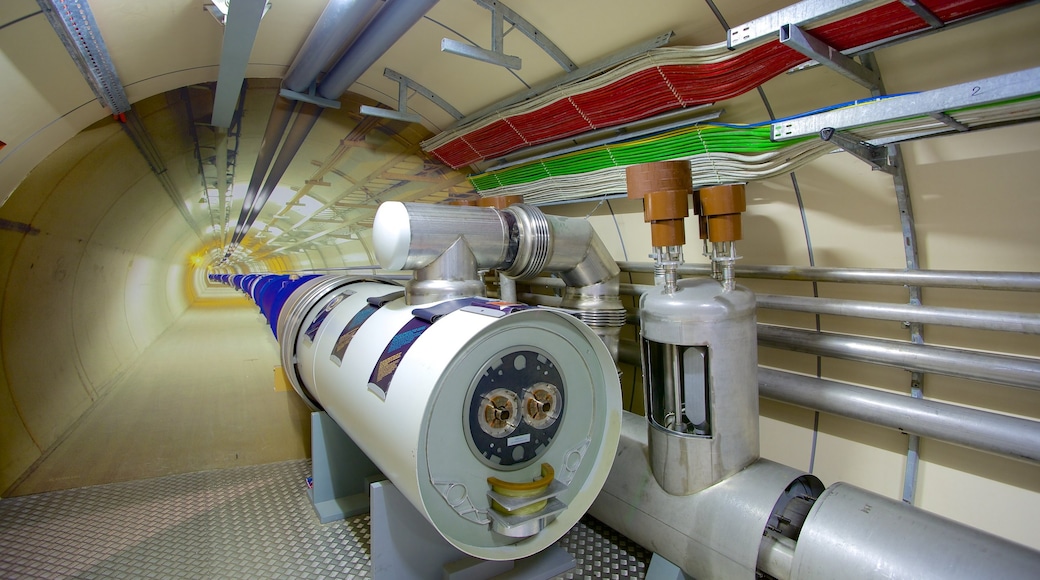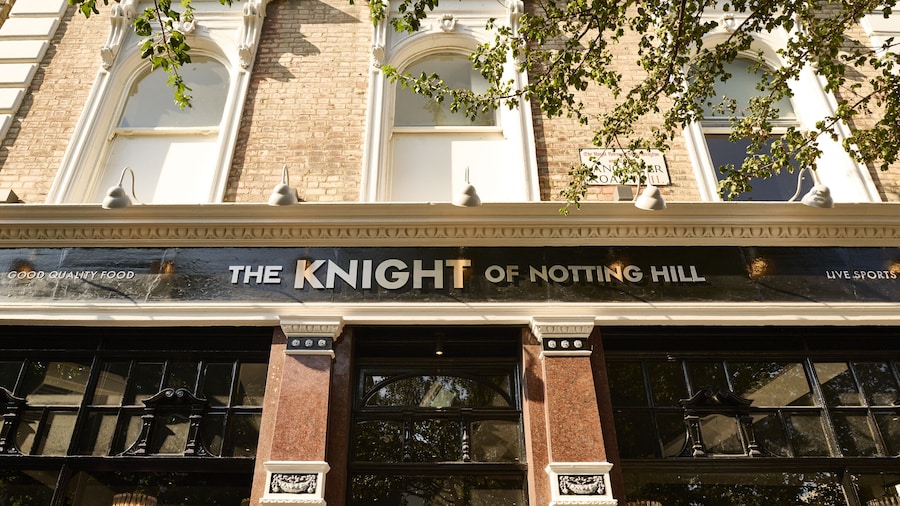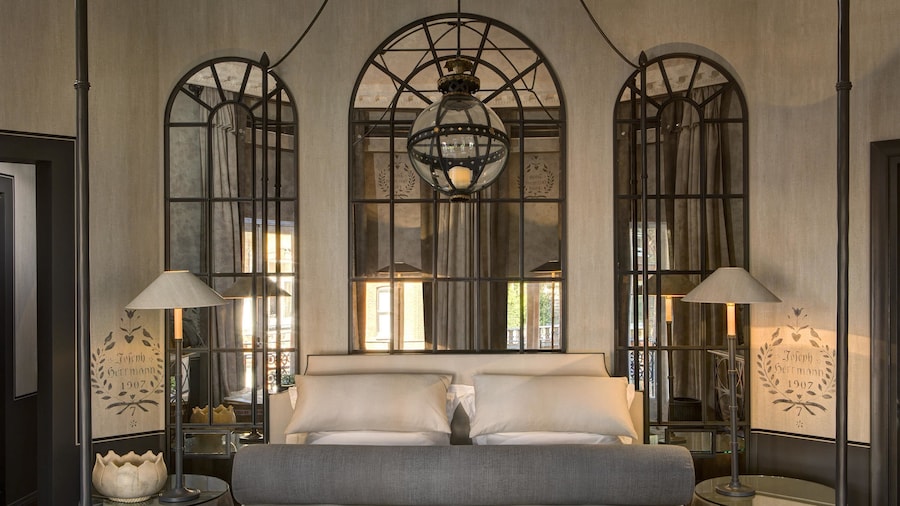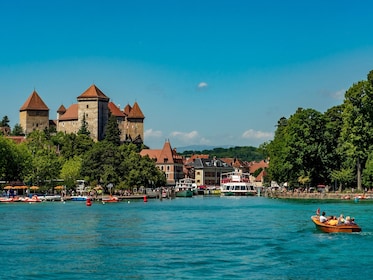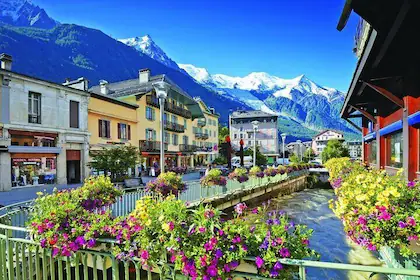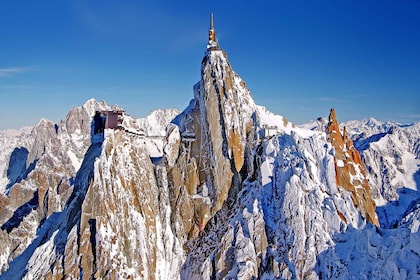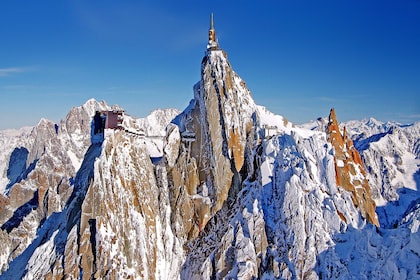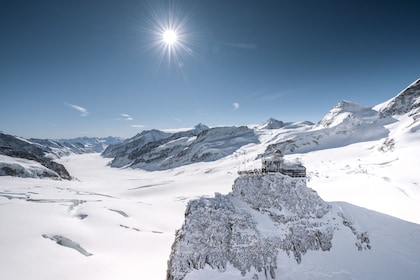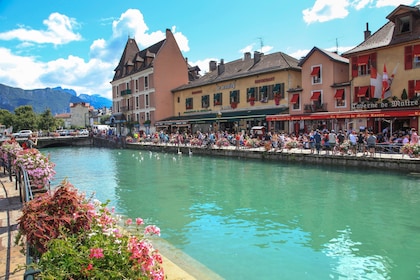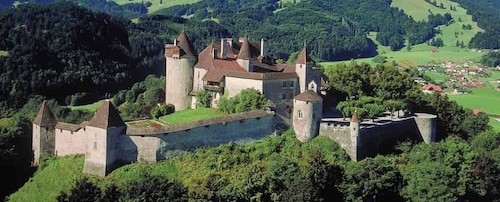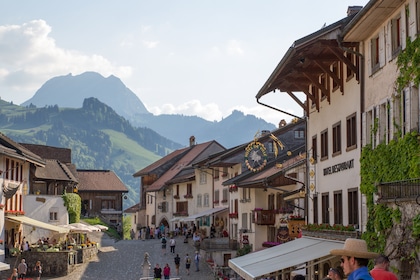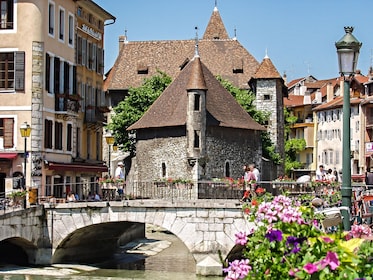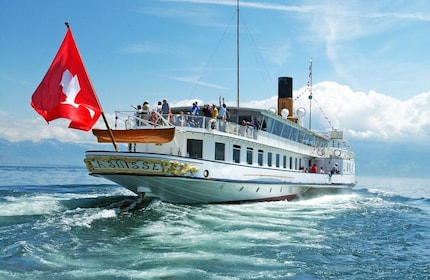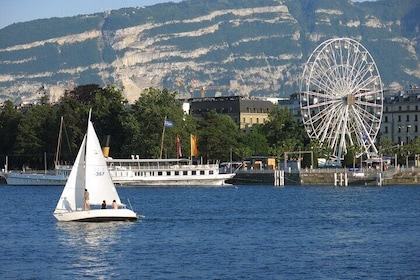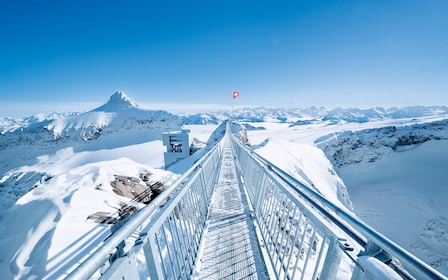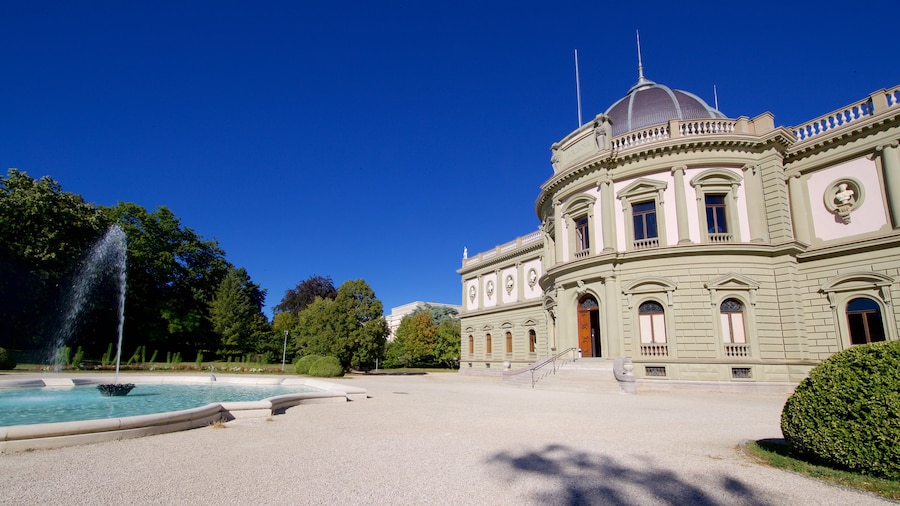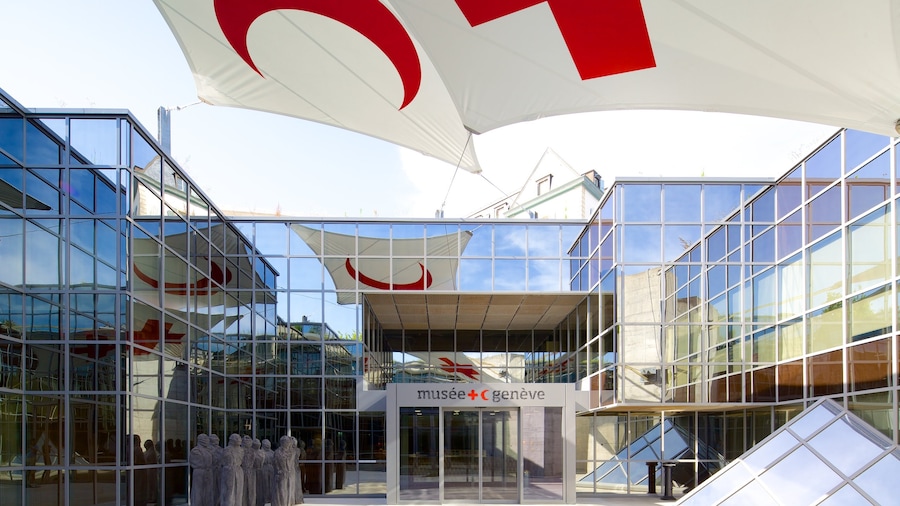Visit a pioneering research facility to see the huge apparatus that is helping scientists look back to the dawn of time.
Discover how the scientists of CERN, the European Council for Nuclear Research are trying to unlock some of the mysteries of the Universe. Tour the vast research centre and see the most powerful particle accelerator on the planet.
Start your exploration near the reception area at the Microcosm exhibition. Here you will learn about the complex machines physicists use to recreate the effects of the Big Bang.
Wander through the Globe of Science and Innovation, a massive dome-shaped building that is illuminated at night. Find the interactive University of Particles exhibition for a stimulating introduction to the basics of particle physics. See the replica of CERN’s first particle accelerator, a device that propels beams of atoms at close to the speed of light. Look at the satellite map of CERN’s facilities, where you can watch the path taken by particles as they collide into each other.
Watch multimedia exhibits and take part in hands-on experiments to explore the secrets of matter. The globe building also hosts temporary exhibitions, lectures and other events aimed at fostering the connection between science, industry and society. Visit CERN’s website to find out if any special events are taking place during your visit.
Go underground to see the Large Hadron Collider (LHC), the world’s biggest particle accelerator. The LHC is housed in a 17-mile (27-kilometre) long tunnel and simulates conditions that occurred immediately after the Big Bang.
CERN is situated approximately 5 miles (8 kilometres) from Geneva and straddles the Swiss/French border. Arrive by taxi, tram, bus or train from Geneva railway station. If you are driving, you will find free parking facilities onsite.
CERN is open to the public every day except Sundays and the exhibitions and tours are free. To ensure that you see all the research complex has to offer, book your guided tour at least one month before your intended visit. You can do so via CERN’s website.
